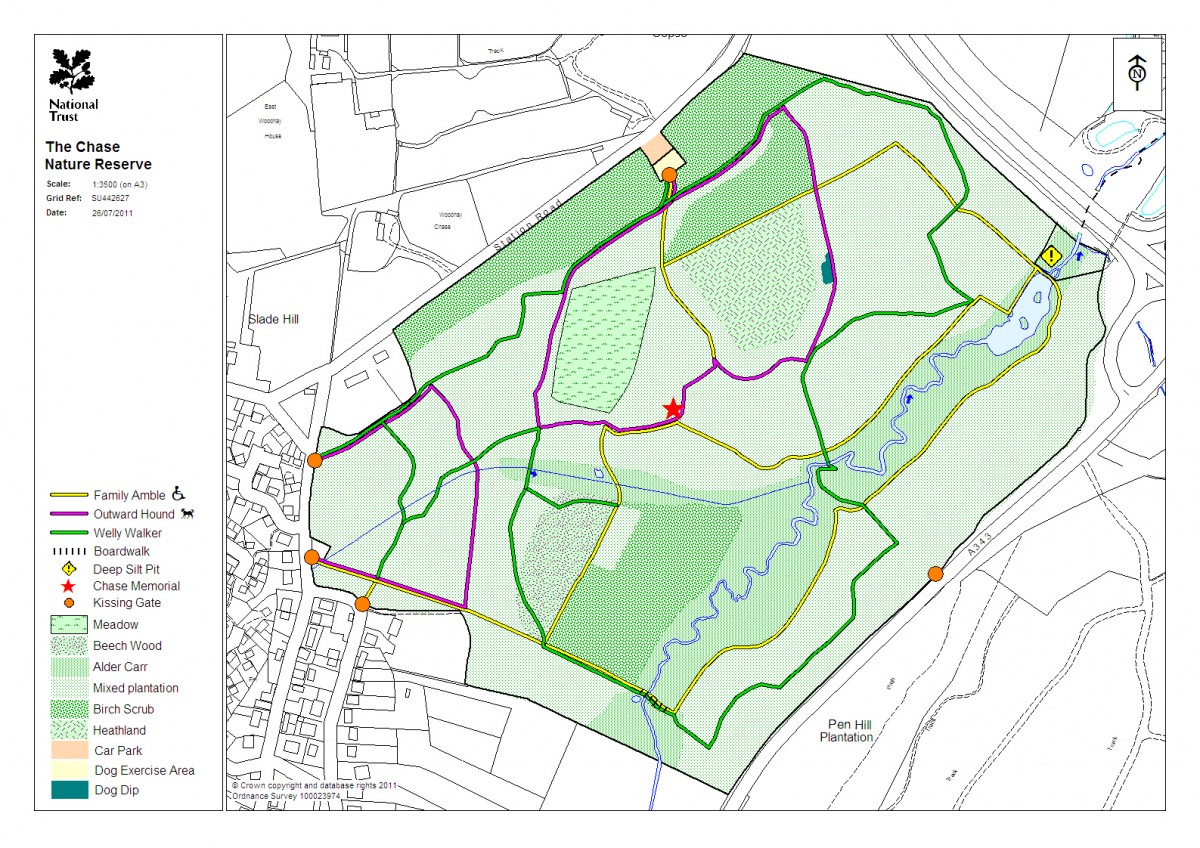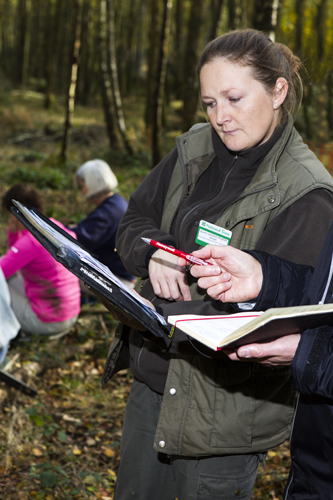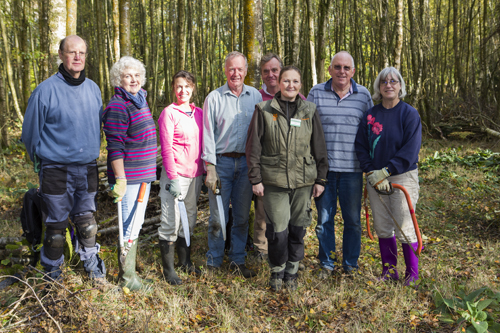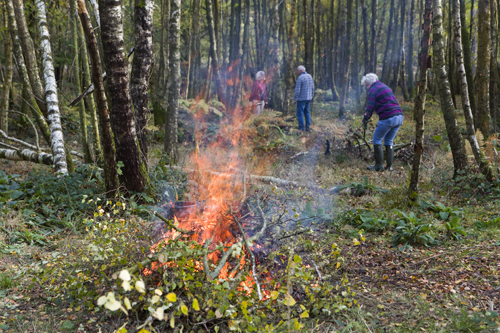The Chase
Tucked on the north east edge of Woolton Hill is the lovely area, known as The Chase - 130 acres of mixed woodland, with a meadow and lake, it is the perfect location for a short walk.
Just a little about the History:
Now owned and managed by The National Trust, it was originally common land until the then Lord of the Manor, Earl of Carnarvon, obtained permission to enclose it in 1819. It was subsequently planted to provide woodland for ‘Country Pursuits’ and given the name The Chase. The stream which runs across the property was known as ‘The Sheepwash’ and there was a Blanket Mill next to it and hence the pool was created to power the mill and clean the wool.
In 1930 The Chase was purchased from the Carnarvon estate by Sir Kenneth Swan. As well as being a barrister, Sir Kenneth was chairman of RSPB and it was his ambition to study birdlife in his own woodland. Wanting to keep The Chase a wildlife haven and woodland / pasture mosaic, Sir Kenneth generously gave The Chase to The National Trust in 1944. After losing thousands of trees in the great storms of 1987 and 1990, The Chase became front page news when, in the mid 90s plans to build the A34 by-pass around Newbury on an old railway embankment adjacent to The Chase, saw significant objections and ‘Swampy’ with many fellow objectors move in.
Around 2008 there was a major sewage spill in The Chase, which entered the water course killing both stream and pond life. Thames Water were fined. It was this money which enabled The National Trust to create the path network, a larger heathland and to thin trees, thus enabling more light and diversity at ground level. It is probably fair to say that the tree thinning created a division of feeling amongst some of the community.
The wildlife is amazing and varied too……
The woodland itself has several areas of different character such as beech woods, ancient oak woods, coniferous plantations (which Sir Kenneth Swan would encourage different bird species) and it also contains several feature trees such as Corsican Pine, Western Hemlock, Dawn Redwoods and Tulip trees. Possibly the most notable though is the Alder Carr area which runs alongside the stream.
Sir Kenneth would probably be most pleased with the variety of bird life and butterflies which are still found within The Chase. I was told of a long list of species which have been seen over the recent years – I’ve included those which are not so common in our gardens:
Wallow Tit, Willow Wren, Wood Warbler, Garden Warbler, Blackcap, Chaffinch, Goldfinch, Bullfinch, Greenfinch, Siskin, Lesser Redpoll, Firecrest, Kingfisher, Nightjar, Little Egret, Woodcock.
The not so common butterflies which have been spotted over the past couple of years are:
Silver-Washed Fritillary, Small Copper, Speckled Wood, Brimstone, Common Blue, Marbled White, Meadow Brown, White Admiral, Large White, Small White, Green-Veined White, Small Heath.
How is it maintained and kept for public use?
All of this happens due to the hard work of the local National Trust Ranger, Sorrel Johnson-Hughes and the volunteers who help keep unwanted growth under control every Monday between 10.00am and 3pm. On the day I met with them, there was plenty to cut back, the weather was bright and sunny, and they were certainly enjoying their ‘green gym’. However, it is not always like that, but they are out there every Monday whether there is rain, shine or snow.
Sorrel, who is based at The Vine, has been looking after The Chase since January 2017. However, she and her volunteers are not able to keep all the unwanted growth under control which is why they introduced cattle into The Chase. The animals are provided by The Hampshire Wildlife Trust and there are around ten during the summer months but just three over winter. However, the cattle have caused some controversy in that their diet contains a wider mix of plants than would be ideal, but this is a compromise which, on balance, The National Trust believe is positive. A number of other volunteers also monitor these cattle. Unfortunately, the cattle do not eat bracken and therefore its is a major energetic summer job to keep it under control for the volunteers.
Another point which raises emotions is the policy to keep dogs on leads. It was explained by Sorrel that dogs, which are running free cause damage to the areas they run over as well as scaring birds away. There is also the issue that dogs can cause distress to other walkers by jumping up. When I was meeting with Sorrel, she advised a couple of dog walkers that they should have their dogs on leads and whatever, people’s views, I was disappointed to see the aggressive language shown back to her.
The Chase is a great place made available to our community and thanks to the National Trust management, along with the help of local volunteers, it is available for us all to walk along the paths and enjoy.







